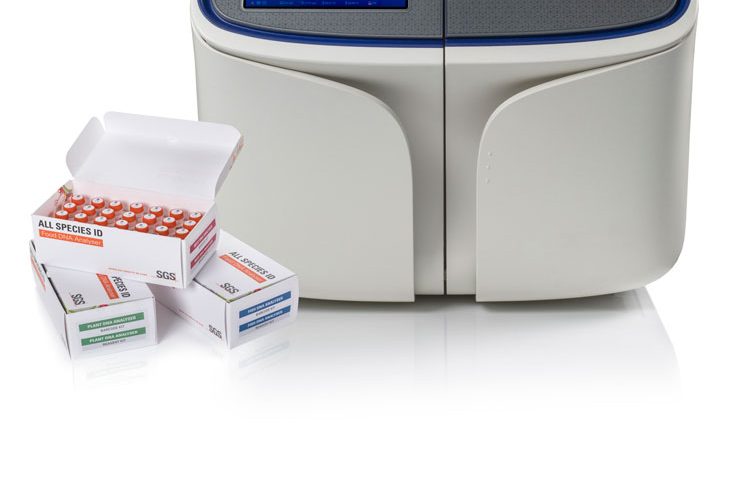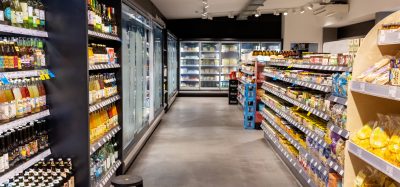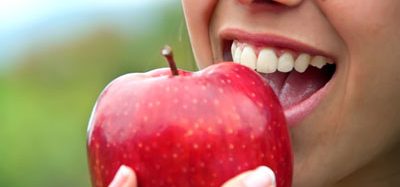Food Fraud 2019: NGS for food authenticity, traceability and safety
- Like
- Digg
- Del
- Tumblr
- VKontakte
- Buffer
- Love This
- Odnoklassniki
- Meneame
- Blogger
- Amazon
- Yahoo Mail
- Gmail
- AOL
- Newsvine
- HackerNews
- Evernote
- MySpace
- Mail.ru
- Viadeo
- Line
- Comments
- Yummly
- SMS
- Viber
- Telegram
- Subscribe
- Skype
- Facebook Messenger
- Kakao
- LiveJournal
- Yammer
- Edgar
- Fintel
- Mix
- Instapaper
- Copy Link
Posted: 1 March 2019 | New Food | No comments yet
Mário Gadanho of SGS Molecular explains how next-generation sequencing could be a vital method of automatically detecting food fraud.


Calling on his decades of experience in DNA research, Mário Gadanho of SGS Molecular, TecLabs, Centro de Inovação, Portugal, explained to delegates at Food Fraud 2019 how next-generation sequencing (NGS) can be used to identify the species in foods, such as fish, meat, plants, microbes, probiotics and microorganisms.
The approach, he explained, is an untargeted one that uses DNA sequencing, and his lab is one of the first to use NGS as a means of establishing food authenticity.
Real-time PCR is often the approach used for food ingredient identification, however this tends to be a targeted approach, meaning that scientists can only answer the questions of ‘is X, Y or Z present in my sample?’, not ‘what is in my sample?’. NGS offers an untargeted approach, enabling, numerous DNA samples to be sequenced and simultaneously run to identify the species of different biological components, at the same time.
Taking fish as his example, Mário Gadanho explained how, “the more processed a product is, the more difficult it is to identify”. Thus a species of freshly caught fish can be easily identified; the species of a fillet of fish is slightly harder to determine; that of a block of fish is extremely difficult and to identify the origin of fish powder simply by looking at it is close to impossible. With NGS, however, a fairly short procedure could determine the contents of that powder, resulting in details showing the content of all fish and any other species in the sample.
One of the key challenges when applying sequencing techniques, he explained, is that with extremely processed foods, it can be difficult to extract DNA, and only short fragments of DNA might be obtained to target.
NGS consists of four main steps. Initially, DNA is extracted from the sample, which, depending on the product and how processed it is, takes 1 to 16 hours. The next step is preparing the DNA library, where a number of samples from different products are prepared and uniquely barcoded, taking around four hours. After this, sequencing of these DNA samples takes place, with the output of an FASTQ file, containing the sequenced DNA.
At this point, the FASTQ file is then uploaded to an extensive database containing the sequences of many thousands of species that the sequences are compared against to determine the specific species in each biological sample. These computational analyses can be very quick to determine species. The whole process takes less than a day to complete and offers the capacity to process several hundred samples at a time.
As a number of samples can be run simultaneously, there is a huge reduction in cost compared to having to run the analysis for individual samples.
The system is mainly automated, with Mário Gadanho describing it as being, “specific, sensitive and reliable.” He added, “We are partnering with Thermo Fisher Scientific to make this powerful technology more accessible to the food testing industry with the first, complete NGS food authenticity workflow now available for implementation into the routine food testing laboratory in Europe and North America.”
Related topics
Food Fraud, Food Safety, Health & Nutrition, Supply chain, Technology & Innovation, The consumer






